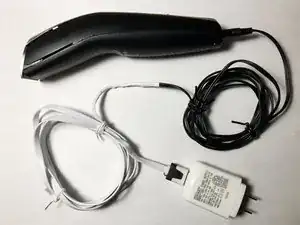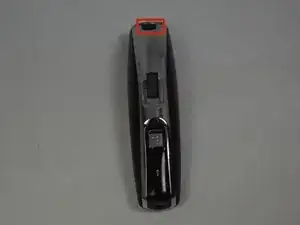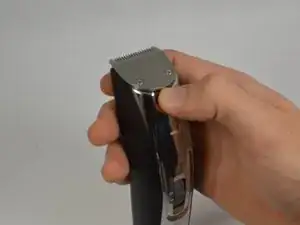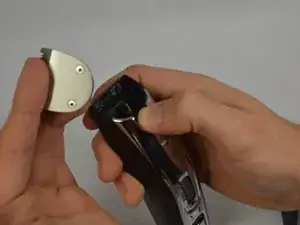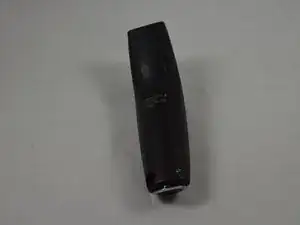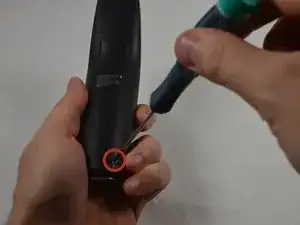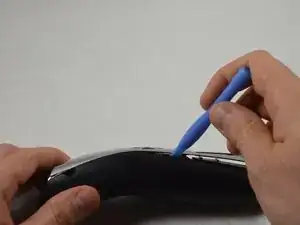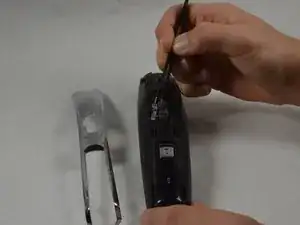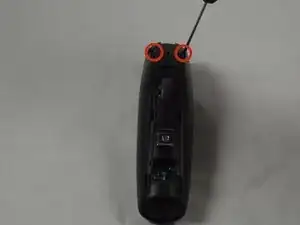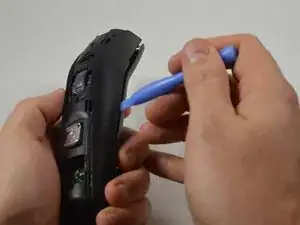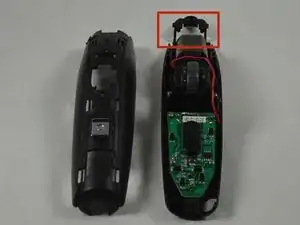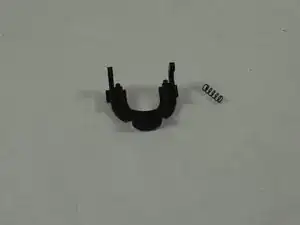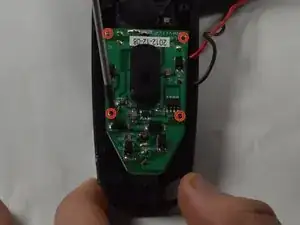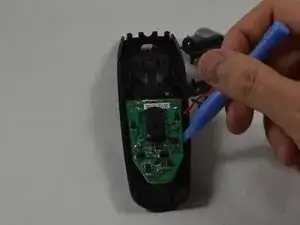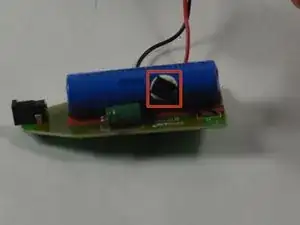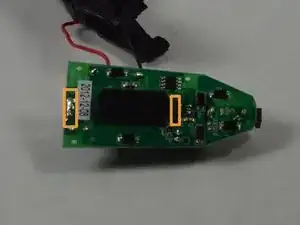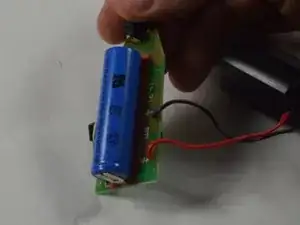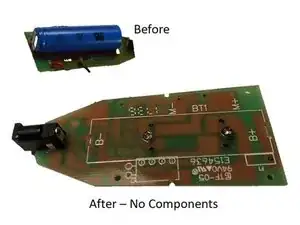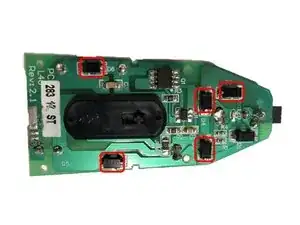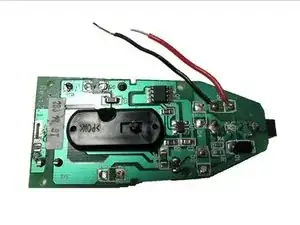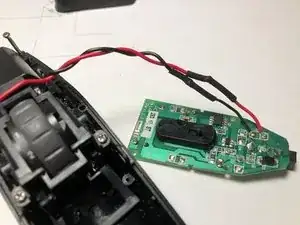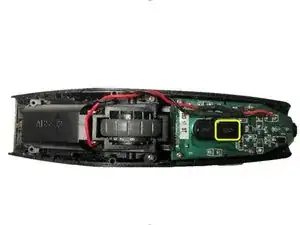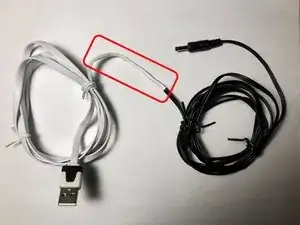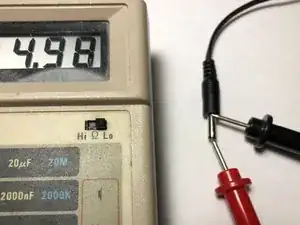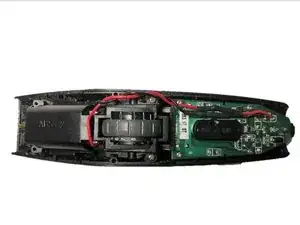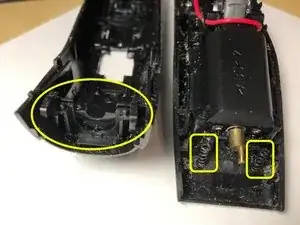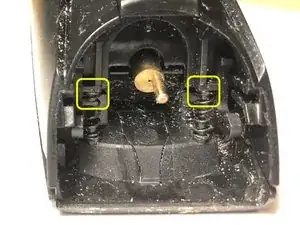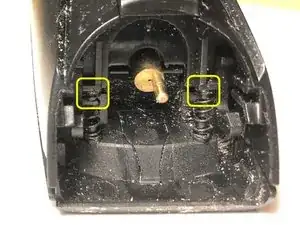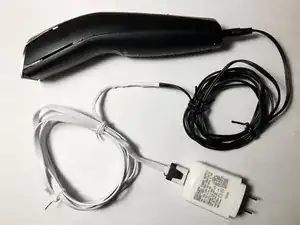Einleitung
WHY I DID THIS
- Great shaver, but I got tired of buying a new one every time the rechargeable battery failed. Shaving only half my face per charge wasn’t going to work. ;-)
- I don’t need the rechargeable capability, so modified the electronics to work on power from a USB connector.
NOTE
- Review this entire guide before considering trying something similar yourself.
- This solution will require the shaver to be plugged in while shaving (and unplugged afterwards).
- The shaver will not be rechargeable afterwards.
- The on/off switch and LED will no longer function.
- The PCB version of my shaver was Rev 2.1.
SKILLS
- Unsoldering devices from a PCB board.
- Soldering wires together and to a PCB board.
- Using heat-shrink tubing or electrical tape.
- Measuring DC voltages.
WARNING
- Removing a battery and powering directly from the wall removes electrical isolation and thus is more dangerous.
- Do NOT use in wet environments such as a wet floor, bathtub, shower enclosure, etc.
- Do NOT use if your are wet or shaving with foam.
- I make no commitments that this guide is safe. This is strictly a guide of what I did and works fine for me.
REPAIR STRATEGY
The following will be discussed in further detail during the guide:
SHAVER MODIFICATIONS
- Convert shaver’s internal power circuit from AC to DC (so it will work from USB wall adapter).
- Remove battery and unnecessary electronics on PCB.
- Use existing parts in place for mechanical and electrical continuity.
CABLE MODIFICATIONS
- Cut off old power adapter and keep the cable (with the shaver connector).
- Cut off non-USB-A end of a USB-A cable and keep the USB-A end.
- Connect the old power cable (with shaver connector) to the USB-A cable.
REPAIR THEORY
- To figure out power levels, I measured the battery voltage after charging. It was 4.0 VDC. I also measured the current draw which was 100mA, also at about 4 V.
- Since the device came with an AC charger, I planned to replace it with a DC USB-A adapter which provides 5VDC.
- I empirically tested that with one forward diode drop I could get the the motor running at 5he same 4 VDC and 100mA current
- To maintain mechanical and electrical connection to the shaver through the old power cable, I needed to leave the PCB fixed in place, but removed most of the rectification diodes except one. That extra diode provides the voltage drop to get the motor voltage down to around 4 volts. I also removed the capacitor, battery, and battery heat sensor (see photos later).
Werkzeuge
Ersatzteile
-
-
Place the device so the back of the product is facing up.
-
Remove the two 11.0 mm PH00 screws from the black plastic housing at the bottom of the device.
-
-
-
Remove the chrome plated plastic piece by using the plastic opening tool to pry it from the housing assembly.
-
Remove the small clear plastic piece that covers the zoom wheel numbers.
-
-
-
Remove the two 16.0 mm PH00 screws from the front cover.
-
Use the blue plastic opening tool to pry apart the two halves of the device.
-
-
-
Remove the black blade button and the two 10.0 mm springs, which are sandwiched between the cover assembly halves.
-
-
-
Remove the four 9.0 mm PH00 screws from the motherboard.
-
Use the plastic opening tool to remove the motherboard from its housing.
-
-
-
Remove the thermal switch from the battery by using the spudger to pry it from the adhesive.
-
Remove the battery by desoldering the battery from the motherboard.
-
-
-
Remove the battery sensor (glued to battery), battery, capacitor.
-
Cut motor leads at the PCB (marked M+ and M-).
-
Strip the freshly-cut ends of the motor wires so they can be reconnected in a later step.
-
-
-
The wires for the motor will need to be extended. See next steps to help plan extension lengths.
-
Solder extension wires to PCB.
-
-
-
Install PCB with four screws.
-
Route wiring as shown.
-
Move zoom dial to check clearance with wires.
-
Move switch shown in yellow to match cover switch.
-
-
-
First of all, I apologize that there are not more detailed photos for this section. I decided to put this guide together after I had completed it. I'll do my best to explain, but please let me know if I can clarify.
-
Cut off old power adapter and keep the cable (with the shaver connector). This is black in the photo.
-
Cut off non-USB-A end of a USB-A cable and keep the USB-A end. This cable is white in the photo.
-
On the cut end of USB cable, strip wires. Ensure they don't touch during next step.
-
Plug power adapter to wall, then connect USB cable. Measure DC voltage between each wire and ground of connector (bare metal portion at adapter end). Note the 5V output and 0V output wires. There should be only one of each. (The other two wires are for communications. https://www.electroschematics.com/usb-ho...)
-
Unplug the power adapter. Cut off the exposed portions of the other wires. Those need to be soldered to the old power cable. Unplug the adapter. Note the 5V output and 0V output and cut off the exposed portions of the other wires. The 5V and 0V wires need to be soldered to the old power cable.
-
Strip the ends of the old power cable. Connect to the USB wires (area outlined in red in photo). Connect power adapter to wall and measure final output. The center tap of the old power connector should be 5V relative to 0V of the barrel of the connector. If it is -5V, you will need to reverse the connection.
-
Insulate each connection using shrink wrap tubing before soldering. Solder. Position and heat shrink wrap. (If not shrink wrapping, wrap both wires with electrical tape.)
-
-
-
Before reassembling the shaver, connect it to power using the new cable. It should sound like it normally does after a fresh charge.
-
Disconnect from power after testing (Remember the power button will not function anymore.)
-
-
-
Insert the button assembly shown in a yellow oval. (This is used to release the stainless blade assembly.)
-
Insert the springs show in yellow rectangles.
-
Hold the button assembly while flipping the left casing over the right casing.
-
-
-
BEFORE snapping casings together, ensure springs are secured by upper casing alignment pins (inside springs).
-
Snap cases together starting at the end with the power connector.
-
-
-
Return to pre-requisite guide to review disassembly process.
-
As reassembly suggestions, BEFORE snapping chrome piece in place:
-
1) Remember to install transparent zoom-button lens and smoky-transparent power-button-shroud into chrome piece.
-
2) When snapping chrome piece in place, start at end with power adapter.
-
Final work should look something like the photo. Happy shaving!
-
To reassemble your device, follow these prerequisite instructions in reverse. It’s a fussy process, but not as hard as taking it apart.
